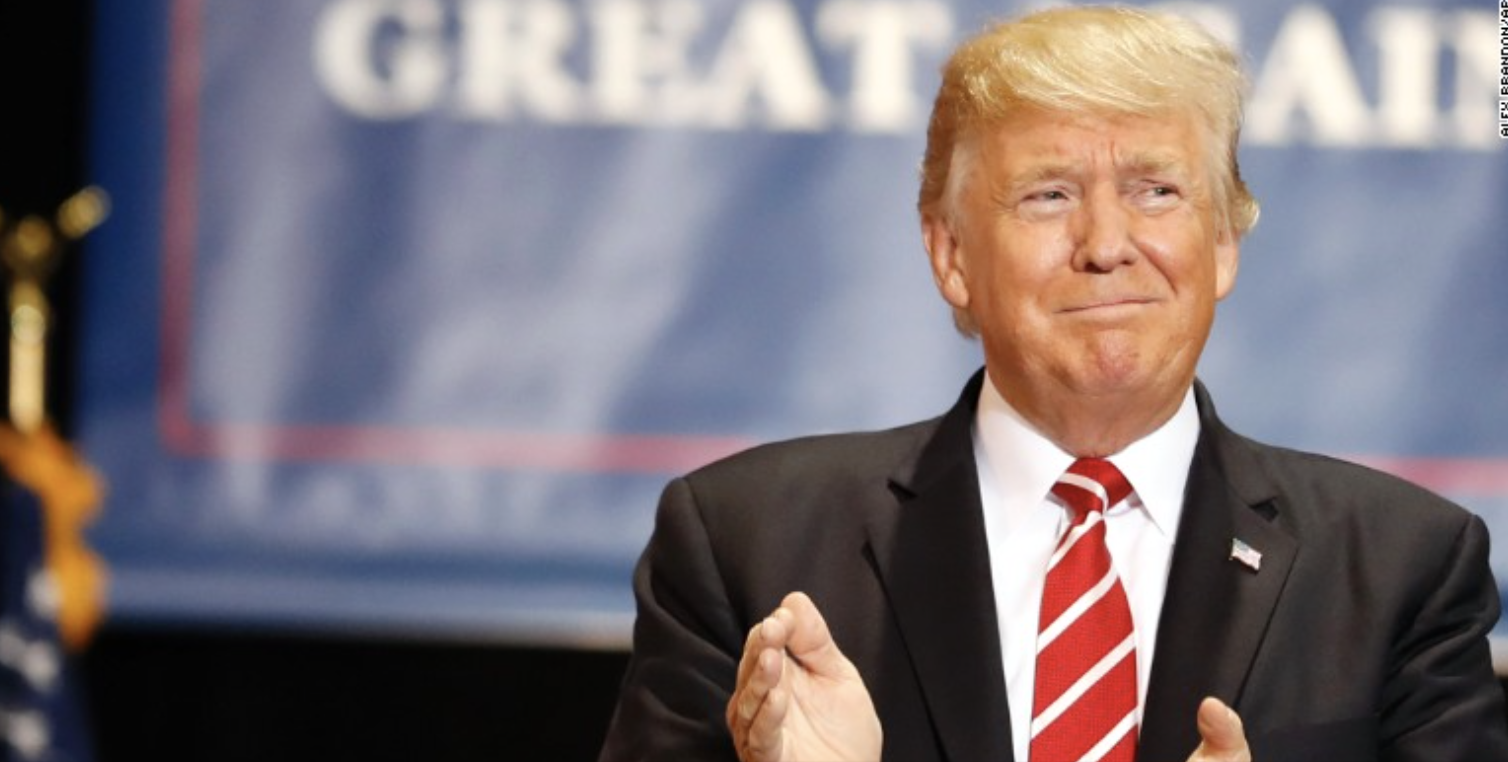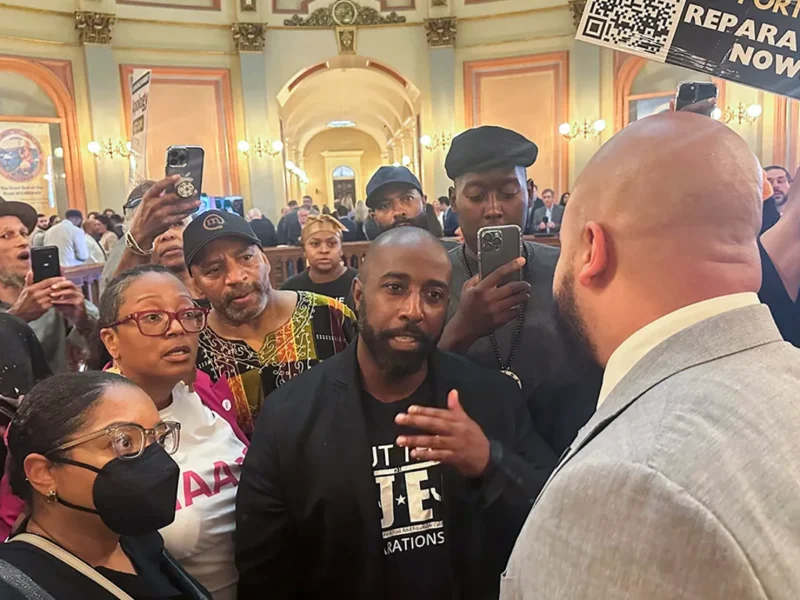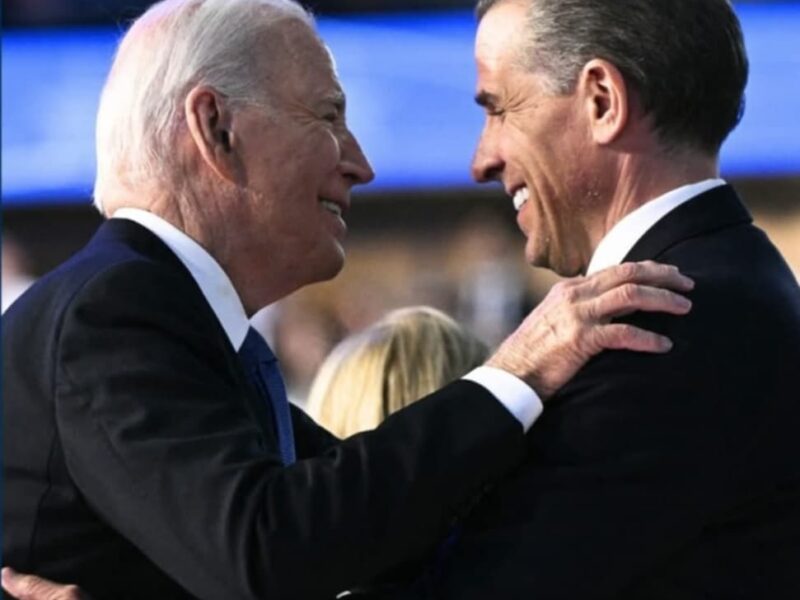A Paradox – Trump’s Brand Problem
President Donald Trump is changing the way we perceive the presidency. He is doing it through branding, an emerging, powerful tool for politicians. Even if you have a negative opinion regarding “Brand Trump,” you are proving the power of branding. It is a strategy that is here to stay not only within the political arena but in everyday life as we know it.
A “brand” is much more than a name. Yes, every brand starts with a name but it is much more than that. How that “brand name” is perceived by potential customers and whether it meets their needs must be considered as well.
The perception of a brand, or as we say in marketing, the brand position, tends to attract or cater to a specific market segment. Indeed, at the core of a brand is the basic tenet of satisfying a need of a given target market.
The same holds true for politics and especially for Presidents. Each election, presidential candidates pursue voting blocs that they think will buy their pitch – and voters choose a candidate who they believe will meet their needs if that political brand is elected.
Once an election is over, voters continually evaluate whether the attributes of an elected official are consistent with their ideas of what a President should be. That includes assessing whether needs are being met or if he is successful in achieving what was promised on the campaign trail.
In the case of President Obama, he was sold as the articulate, cool, and likable personality who toggled between playing golf and basketball and attracted the so-called thinking person’s idea of a president. His “perceived” progressive policies played well within the corridors of Washington, DC along with the bastions of liberal thought—NYC, LA, and Seattle.
Trump, on the other hand, is a brand, in actions and words, that appeals to the everyman (everywoman) who has been forgotten by the political elites. They don’t need to be inspired as much as they need to be represented by someone who understands them.
Many of Trump’s followers feel abandoned by traditional politicians. His brand satisfies their need not only to be heard but also to assist them in making their lives better. A modern-day Franklin Roosevelt—another brand that overcame many obstacles and who became the “people’s” President.
It should be noted that not all brands are meant for all consumers. An established brand often has perceptions about it that present barriers to acceptance among other market segments, no matter what the brand does to overcome those indifferent or negative opinions. For instance, Ford trucks likely won’t ever win over sport care enthusiasts – and you can’t sell meat to vegans.
Does the same hold true for the Trump brand?
The answer is yes – but that should not be surprising – especially in The Divided Era.
In Trump’s case, those other market segments, i.e. non-supporters, often point to his lack of understanding or adherence to Washington protocol. That perspective is intensified by the “thinking” group of political insiders whether they be politicians, talking heads, media organizations, lobbyists, political consultants, “political junkies” and all those involved within the political cottage industry that Trump is fighting.
Trump knows that, but his need to “drain the swamp” is loved by the people who elected him and who want change at any cost. Those supporters either don’t understand or care about the subtleties of political speak and behavior – they want results that will impact their lives positively.
Trump supporters feel that the current group of Washington politicians, on both sides of the aisle, are more concerned about the newly arrived, or the “politically correct,” or about the “issue du jour” prepared so eloquently by the DC political establishment. It is their homogenous DC thinking that Trump’s people feel has moved their country to the current mess they find themselves in today.
That divide, however, presents a problem for Brand Trump. He needs to accomplish certain things in Washington to move his anti-Washington agenda forward. The paradox he faces is that he needs the cooperation of many of the people who stand in the way of his agenda or don’t like his brand, i.e. Congress and many federal bureaucrats, to move his agenda forward.
So, what should Trump do?
Remember, most Trump supporters and sympathizers have little respect for the approach currently promoted by this Establishment oligarchy. They don’t want Trump to change his Brand, they want Trump’s Brand to change Washington.
From Trump’s perspective, he is merely “doing the work” that he was sent to Washington to complete— to transform Washington into a fine working machine, just like he did in the private sector, so that he (Trump) can Make America Great Again! In marketing, the saying goes, it’s not about you, it’s rather all about your customer’s needs. Many of those who write and chat about politics do not understand this “client-related” concept, and as a result, they miss the robustness and the appeal of the Trump brand.
So, it likely would be the kiss of death for the Trump Brand to adopt the “advice” of the media “talking heads” about Trump’s messaging initiatives, his decision-making process, and/or his lack of a traditional presidential demeanor. Even though the political class Talking Points maybe correct from their point of view, those bromides are not consistent with the branding and marketing model that got Trump elected and the model Trump is trying to replace.
If Trump were to listen to the self-appointed august group of political trustees, they would perhaps be less critical (maybe?) of him in the short run. In the long run, however, the real danger is the negative effect on the Trump Brand—the brand his base voted for in November.
These “deniers” would rather lose their audience by writing what they believe is true rather than being less partisan on how they cover real news events. Objectivity has been replaced by commentary and the third rail in marketing—knowing what’s better for readers/viewers, a no-no in marketing/branding, no matter what your business.
Trump’s brand paradox is that his brand that is not being accepted much beyond his base YET he needs increased market share to put pressure on Washington D.C. to get increased Congressional support for tax reform and healthcare reform.
For any brand to be successful, it must maintain its customers (the voters who elected him) as well as grow its base (to ease future election prospects and influence other politicians). A fixed group of customers rarely equals a successful brand. In politics, the expansion of existing market share is needed for long-lasting political success.
Whether Trump solves that paradox will be the key to how his presidency is viewed. It will also determine whether his market share expands and whether he brings the change his brand promotes.







